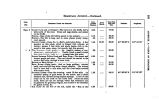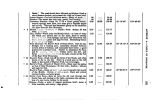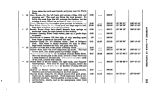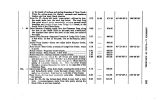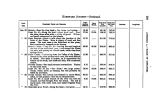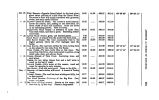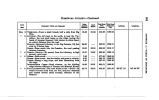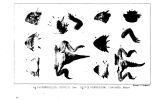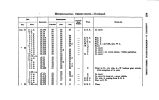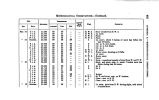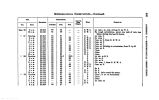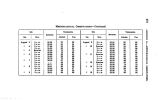| OCR Text |
Show 396 APPENDIX D.- BOTANY, TRIQLOCHIN MARITIMUM, Lin.- Pursh. Fl. 1, p. 257.- Stans-bury's Island, Salt Lake, June 24. POLYOONATUM CANALICULATUM, Pursh. Fl. 1, p. 235.- Valley of the Salt Lake? AMIANTHIUM NUTTALLH, Gray, Melanth. in Ann. Lye. Nat. Hist. N. York, IV., p. 123. Helonia* angu$ tifolia, and H. paniculata, Nutt.- Valley of tire Salt Lake. Fl. May 1. AMBLIRION, Rafin. in Journ. de Phys. 89, p. 102; Bernhardi, Bot. Zeit. 1835, p. 395? ( ex Kth. Enum. 4, p. 255.) Lilium § Arnblirion> Endl. gen. sub. No. 1098. Fritillaria § Eucrinum, Nutt. A. PUDICUM, yar. BIFLORUM, Torr. Lilium pudicum, Pursh. Fl. 1, p. 228, f. 1.; Schult. Syst. 7, p. 401. Fritillaria pudica, Spreng. Syst. 2, p. 64; Nutt. in Journ. Acad. Phil. 7, p. 54. Hook. Fl. Bor. Amer. 2, p. 182; Kunth Enum, 1. c.- Promontory Range, Valley of Salt Lake. Fl. April 12. This rare and interesting plant was long ago proposed as a distinct genus by the late Mr. Rafinesque. It is allied both to Fritillaria and to Lilium. It differs from both in the want of nectaries. Unfortunately the fruit is not known, so that it cannot be compared with those genera in an important character. Our specimens are all two- flowered. The root is flat, orbicular, and toothed round the border, with a cluster of little tubers on the upper side at the base of the stem. The leaves are linear, and from two to four inches long. Th^ flowers are yellow, nodding, about an inch in length, somewhat obconical or funnel- form, and entirely destitute of a nectariferous groove. The stigma is simple and undivided. According to Mr. Nuttall, Fritillaria tulipcefolia of Caucasus is another species of this genus. I have also specimens of what may prove to be a third species, collected by Colonel Fremont on the Feather River, California; for the style, though thickened at the summit, is undivided, and the nectary is wanting: but there are several flowers in a loose racemose panicle. Plate IX. * Amblirion pudicum, of the natural size. Fig. 1, a sepal magnified, as are all the following. Fig. 2, a stamen showing the back of the anther. Fig. 3, a front view of the same. Fig. 4, the pistil. Fig. 5, a cross section of the ovary. |
































































































































































































































































































































































